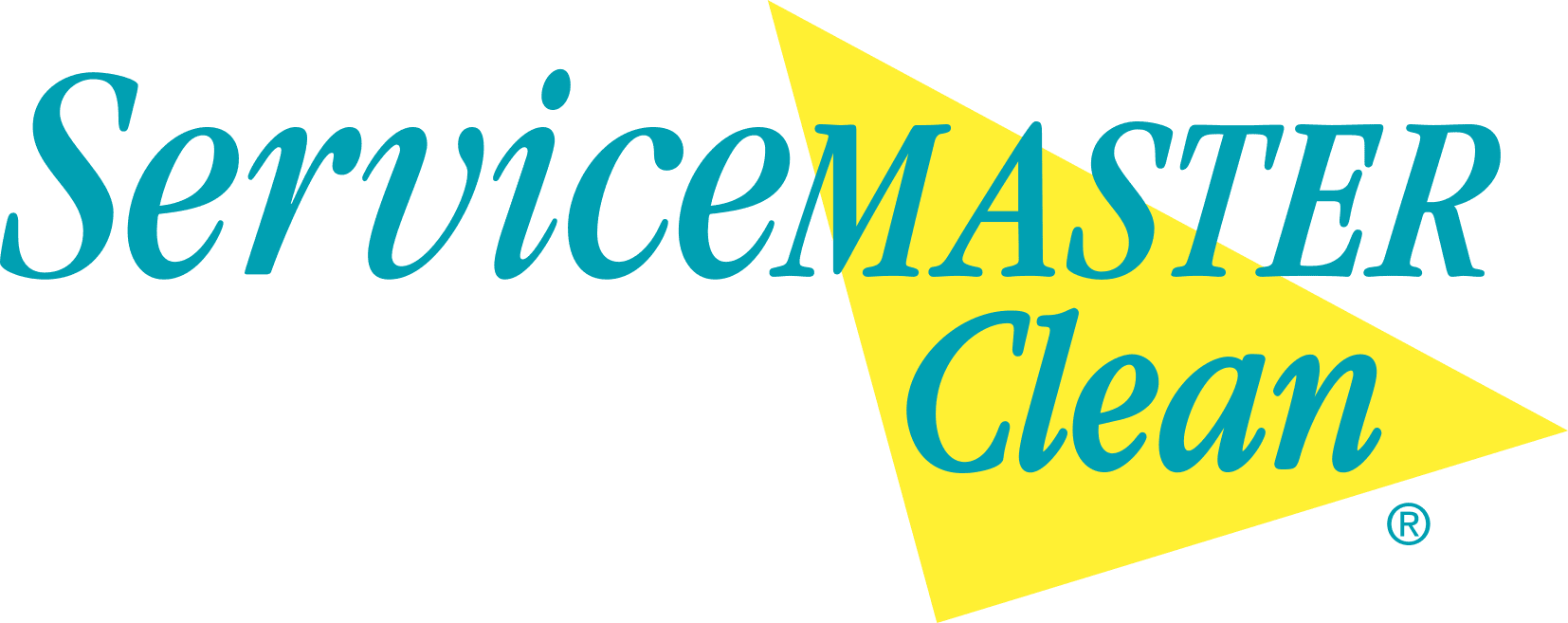Ensuring the Longevity of Your Dryer Duct System: Maintenance Cleaning vs. Restorative Cleaning
Regular cleaning is essential for maintaining the safety and efficiency of a home’s dryer system. Dryer duct cleaning is extremely important since this critical maintenance task prevents potential problems such as fire and water damage.
Despite what most people think, the most common damage resulting from improperly maintained dryer ducts is moisture damage, not fire. This is because, when a blockage occurs condensation forms and collects within the pipe. Over time, this moisture can find its way into the structure causing thousands of dollars of damage to the building.
Of course, the other potential issue resulting from a lack of cleaning is fire. According to the National Fire Protection Agency, between 15,000 – 18,000 structure fires in the United States are caused by dirty dryer vents every year. Similarly, there have been 700 such incidents in B.C. in the last 10 years.
Maintenance Dryer Duct Cleaning: A Preventive Measure
Frequent duct cleaning is necessary to keep a functioning dryer system running smoothly. Duct cleaning should be performed one or more times a year to prevent problems from arising. Regular maintenance cleaning is not intended to fix issues that have already developed, but rather it is meant to maintain the functionality of a working dryer duct system.
A properly designed and maintained dryer duct will last a lifetime. Unfortunately, duct system design is not something that is prioritized when constructing a lot of buildings. This is particularly true with older buildings. Poorly designed duct runs may require much more frequent cleaning, and in some cases, they may still fail despite proper maintenance.
What is a properly designed dryer duct system?
Lint builds up faster the more distance it has to travel and this can quickly lead to a blockage. According to most dryer manufacturers, vented dryers should use a booster fan if the duct run is more than 25 ft of straight 4-inch metal duct. When considering this 25-foot length, you must also add 5 feet for every 90-degree turn and 2 1/2 feet for every 45-degree turn. For example; a duct run with a 90-degree elbow at each end should run a maximum of 15 feet without a booster fan.
Dryer duct runs should be made of hard metal ducting to limit air resistance and turbulence. When suspended solids such as lint are in the air, they settle out whenever there is turbulence or a change in airspeed. This means lint will accumulate faster at any bends or ridges. Simply, flexible ducting clogs faster. It is also harder to clean.
Ducting should also be insulated whenever it runs through an uninsulated space such as an attic or crawlspace. Uninsulated ducting that runs through an uninsulated space will result in condensation inside the duct. Condensation inside the duct will make the lint wet and compact it. This can make it very difficult to remove. Condensation in soft ducting can make it sag and fill with water. Once the ducting has sagged the low spots allow more water and lint to collect, eventually leading to a complete blockage.
If the dryer continues to be used after a blockage has occurred, lint will continue to accumulate and in some cases can lead to an obstruction that becomes difficult or impossible to remove through conventional means. This is where restorative cleaning comes in.
Restorative Dryer Duct Cleaning: Addressing Blocked Systems
If a dryer still shows signs of reduced or no airflow after regular cleaning, restorative cleaning is necessary. Restorative dryer duct cleaning comes into play when a duct system is blocked or severely compromised. This type of cleaning is a more extensive process, often requiring additional time to fix and diagnose. It may also require special tools and techniques to address the underlying problems such as; vent brushes, high-power blowers, and shop vacs. In some cases, it may even involve accessing hatches, hard-to-reach areas or unconditioned spaces such as attics and crawl spaces.
The uniqueness of restorative cleaning lies in its adaptability to various situations. Since each case may differ, this approach is not part of the standard maintenance cleaning process. Instead, it is billed based on time and materials, ensuring that the complexities of each situation are properly addressed.
In conclusion, dryer duct cleaning is a crucial aspect of home maintenance that ensures the efficiency, safety, and longevity of the dryer system. Regular maintenance cleaning prevents problems from arising and, if performed frequently enough, will maintain the functionality of the system indefinitely. When regular maintenance cleaning is neglected, restorative cleaning may become necessary, requiring extra time, specialized tools and techniques.
To safeguard a home’s dryer system, it’s important to adhere to a routine maintenance schedule. By doing so, one can help avoid the complications that arise from neglected cleaning. This will ensure that the dryer operates at its best for years. Remember, a well-maintained duct not only improves performance but also contributes to a safer and more energy-efficient home environment.
